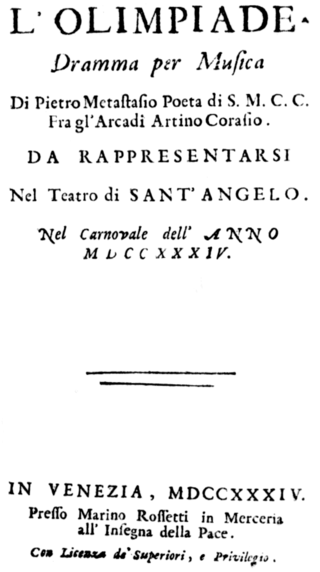
Aster is a genus of perennial flowering plants in the family Asteraceae. Its circumscription has been narrowed, and it now encompasses around 170 species, all but one of which are restricted to Eurasia; many species formerly in Aster are now in other genera of the tribe Astereae. Aster amellus is the type species of the genus and the family Asteraceae.

Symphyotrichum is a genus of over 100 species and naturally occurring hybrids of herbaceous annual and perennial plants in the composite family, Asteraceae, most which were formerly treated within the genus Aster. The majority are endemic to North America, but several also occur in the West Indies, Central and South America, as well as one species in eastern Eurasia. Several species have been introduced to Europe as garden specimens, most notably New England aster and New York aster.

Gracillariidae is an important family of insects in the order Lepidoptera and the principal family of leaf miners that includes several economic, horticultural or recently invasive pest species such as the horse-chestnut leaf miner, Cameraria ohridella.

Symphyotrichum lateriflorum is a species of flowering plant in the aster family (Asteraceae). Commonly known as calico aster, starved aster, and white woodland aster, it is native to eastern and central North America. It is a perennial and herbaceous plant that may reach heights up to 120 centimeters and widths up to 30 centimeters.

L'Olimpiade is a dramma per musica in three acts that was composed by Antonio Vivaldi. The opera uses an Italian libretto by Pietro Metastasio that was originally written for Antonio Caldara's 1733 opera of the same name. Vivaldi's version premiered in Venice at the Teatro Sant'Angelo on 17 February 1734. The same libretto was to be later set to music by over 50 other composers, including Giovanni Battista Pergolesi in 1735.

Aristaea is a genus of moths in the family Gracillariidae.
Aristaea acares is a moth of the family Gracillariidae. It is known from Tasmania, Australia.
Aristaea amalopa is a moth of the family Gracillariidae. It is known from Western Australia.
Aristaea thalassias is a moth of the family Gracillariidae. It is known in Australia from the states of New South Wales, Victoria and Queensland and has been introduced to South Africa for the biological control of Australian myrtle.

Aristaea periphanes is a moth of the family Gracillariidae. It is known from Tasmania, Australia.
Systoloneura geometropis is a species of moth of the family Gracillariidae. It is known from Hong Kong, Taiwan and Japan.
Macarostola japonica is a species of moth of the family Gracillariidae. It is native to Japan.
Aristaea bathracma is a species of moth of the family Gracillariidae. It is known from China, Thailand, Japan (Honshū), the Russian Far East, Mozambique, South Africa, Réunion and Uganda.
Aristaea issikii is a species of moth of the family Gracillariidae. It is known from Honshū, Japan.
Aristaea atrata is a moth of the family Gracillariidae. It is known from Madagascar.
Aristaea eurygramma is a moth of the family Gracillariidae. It is known from South Africa.
Aristaea vietnamella is a moth of the family Gracillariidae. It is known from Vietnam.
Aristaea onychota is a moth of the family Gracillariidae. It is known from Nigeria, Réunion, São Tomé and Príncipe, South Africa and Zambia.

Gracillariinae are a subfamily of moths which was described by Henry Tibbats Stainton in 1854.








